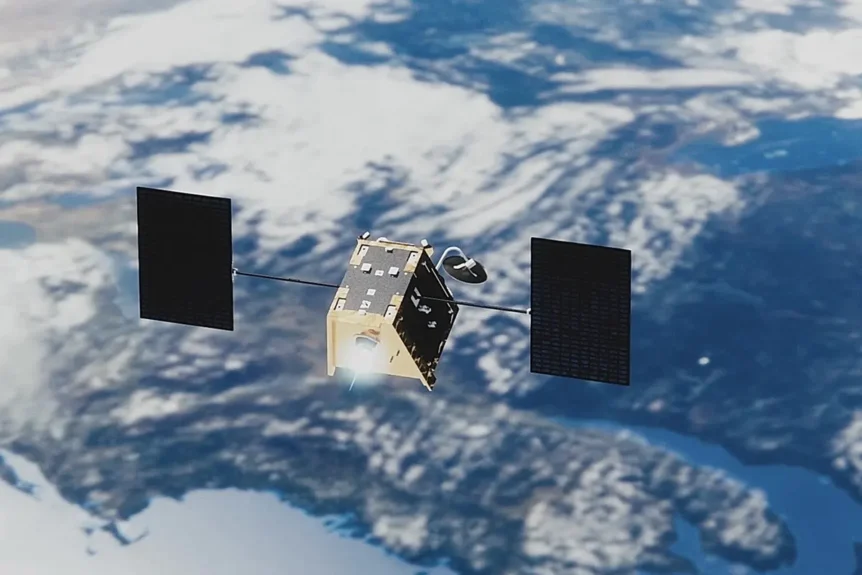The Low Earth Orbit (LEO) Satellite Revolution
Low Earth Orbit (LEO) satellites are reshaping the landscape of global communication, offering transformative connectivity solutions for businesses and individuals in even the most remote areas. These satellites, positioned between 500 and 2,000 kilometers above Earth, deliver high-speed, low-latency internet that rivals traditional terrestrial and geostationary satellite systems. Raster Group provides bespoke connectivity solutions using leading LEO services such as Starlink, Iridium, and OneWeb.
What Are LEO Satellites?
LEO satellites operate at much lower altitudes than traditional geostationary satellites (which orbit at 35,786 kilometers). This proximity to Earth reduces the latency of data transmission significantly, enabling faster communication. Unlike geostationary satellites, which remain fixed above a single location, LEO satellites traverse the planet in low orbits, often forming constellations of hundreds or thousands of satellites.
Key Advantages of LEO Satellites
- Global Coverage: LEO networks provide coverage in areas previously underserved by terrestrial infrastructure, including oceans, deserts, and polar regions. This capability is invaluable for industries like shipping, aviation, and remote research.
- Low Latency: With a latency as low as 20 milliseconds, LEO systems are ideal for real-time applications such as video conferencing, online gaming, and remote surgery.
- Scalability and Flexibility: LEO constellations are rapidly expanding, with new satellites regularly launched to enhance coverage and capacity. This scalability ensures a robust and adaptive network.
Applications Across Industries
- Maritime and Aviation: LEO connectivity enables real-time navigation, weather updates, and passenger internet access in remote areas where terrestrial options are unavailable.
- Emergency Response: LEO satellites provide critical communication links during natural disasters or crises, where traditional networks may be compromised.
- Enterprise Solutions: Businesses in remote locations benefit from uninterrupted, high-speed internet for operational continuity.
- IoT and Smart Applications: From agriculture to smart cities, LEO connectivity supports the Internet of Things (IoT) by linking sensors, devices, and systems globally.
Our Approach
Raster Group adopts a technology-neutral strategy, ensuring that clients receive connectivity solutions tailored to their unique needs. By collaborating with industry leaders like Starlink, Iridium, and OneWeb, we offer access to a diverse range of services:
- Starlink: Known for its large constellation and focus on high-speed internet for residential and commercial users.
- Iridium: Specializing in reliable voice and data services, particularly for maritime and aviation sectors.
- OneWeb: Aiming to provide global broadband services with a focus on enterprise and government applications.
Overcoming Challenges
Despite their advantages, LEO systems face challenges, including the need for frequent satellite replacement due to shorter lifespans, potential space debris from large constellations, and regulatory complexities. However, ongoing innovation and collaboration among stakeholders are addressing these issues, ensuring the sustainability of LEO networks.
The Future of LEO Connectivity
With continued advancements, LEO satellites are poised to become a cornerstone of global communication. Their ability to bridge the digital divide and support emerging technologies underscores their transformative potential. AST Networks’ expertise and strategic partnerships make it a trusted guide for businesses navigating the LEO revolution.
In a world where connectivity is paramount, LEO satellites are proving to be the linchpin of a truly global network, delivering on the promise of reliable, fast, and accessible internet anywhere on the planet.

